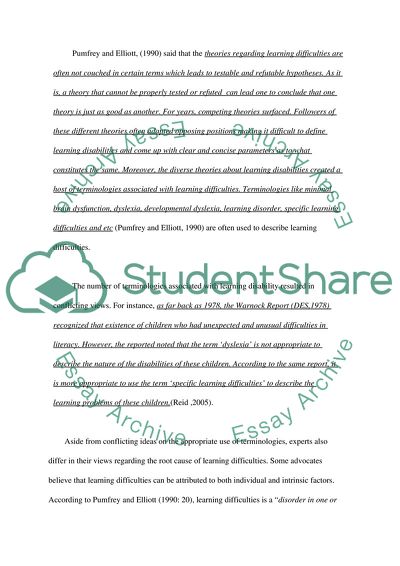Cite this document
(The Importance of Inclusion for Children with Learning Difficulties wi Essay, n.d.)
The Importance of Inclusion for Children with Learning Difficulties wi Essay. https://studentshare.org/education/1731036-special-education
The Importance of Inclusion for Children with Learning Difficulties wi Essay. https://studentshare.org/education/1731036-special-education
(The Importance of Inclusion for Children With Learning Difficulties Wi Essay)
The Importance of Inclusion for Children With Learning Difficulties Wi Essay. https://studentshare.org/education/1731036-special-education.
The Importance of Inclusion for Children With Learning Difficulties Wi Essay. https://studentshare.org/education/1731036-special-education.
“The Importance of Inclusion for Children With Learning Difficulties Wi Essay”. https://studentshare.org/education/1731036-special-education.


